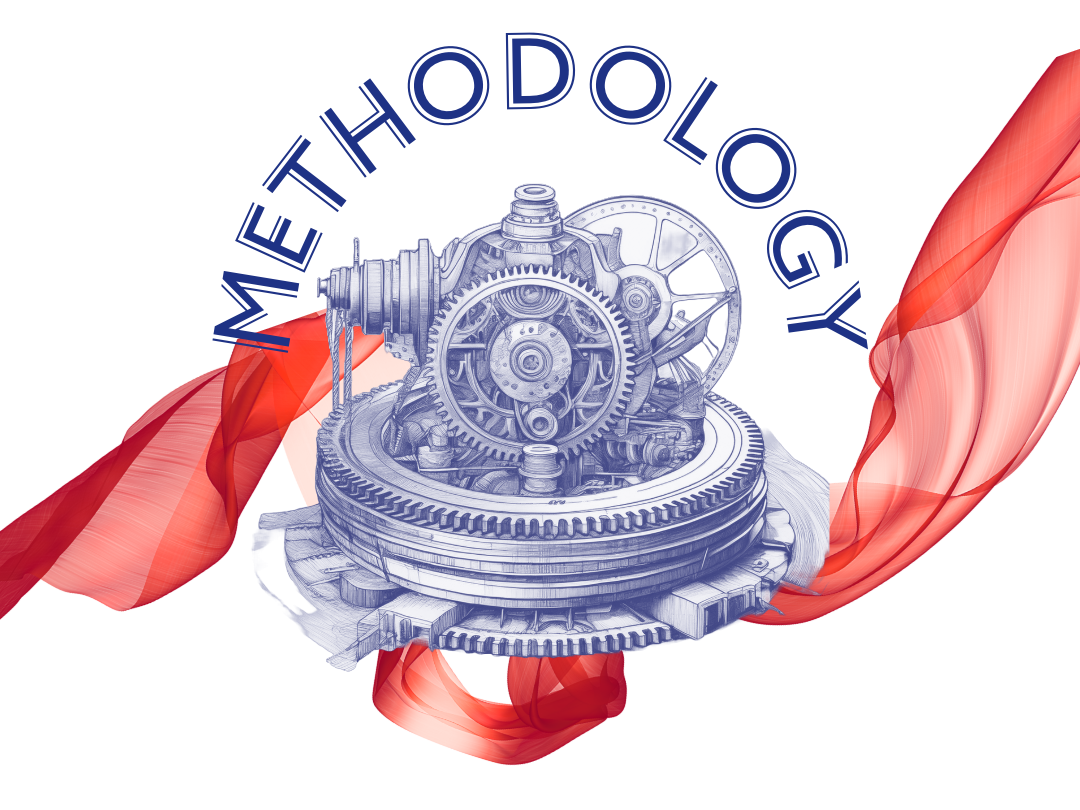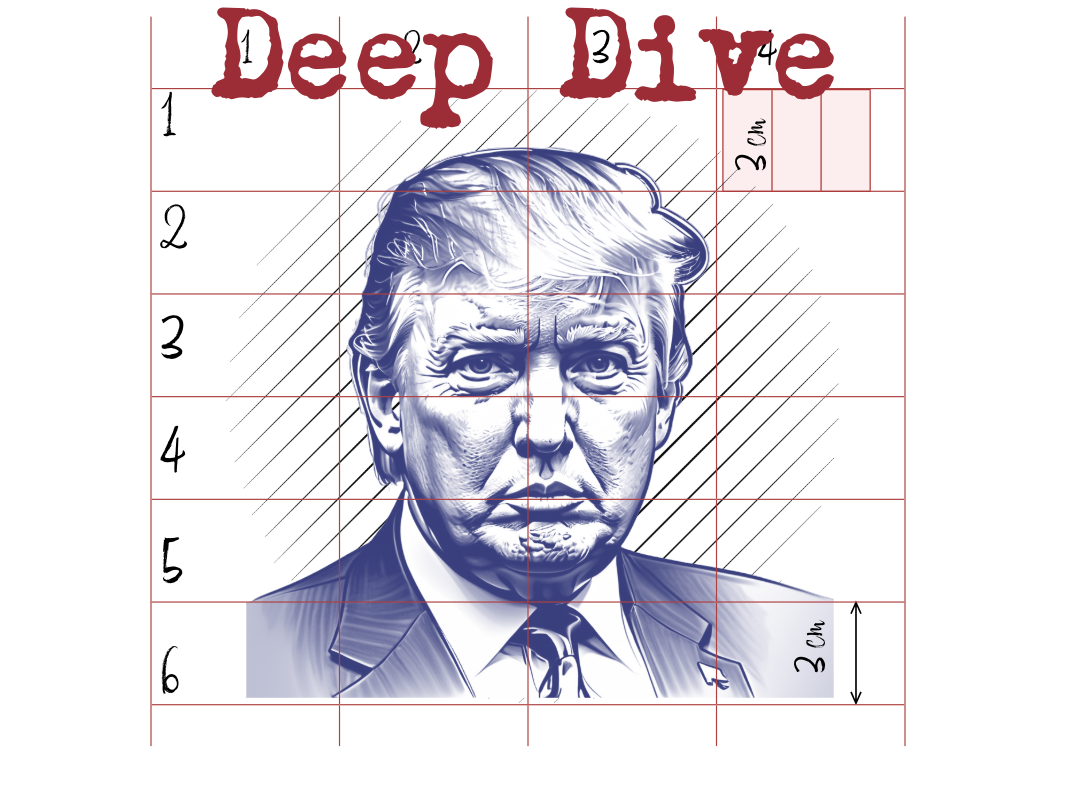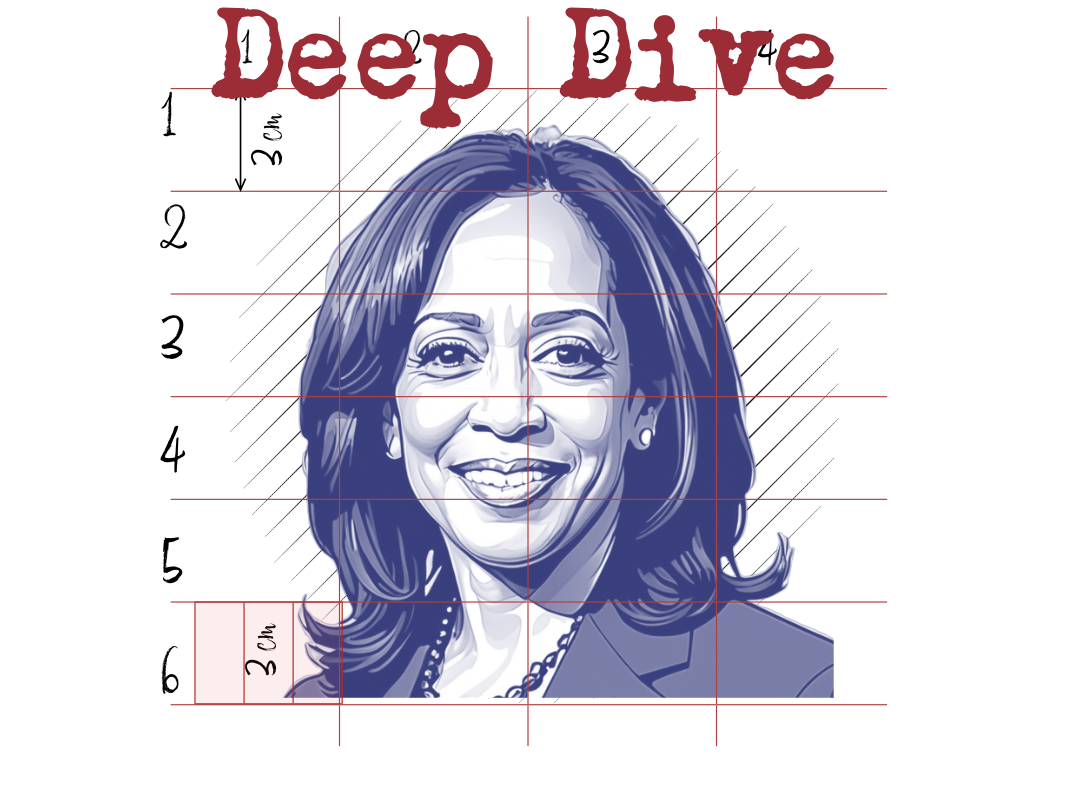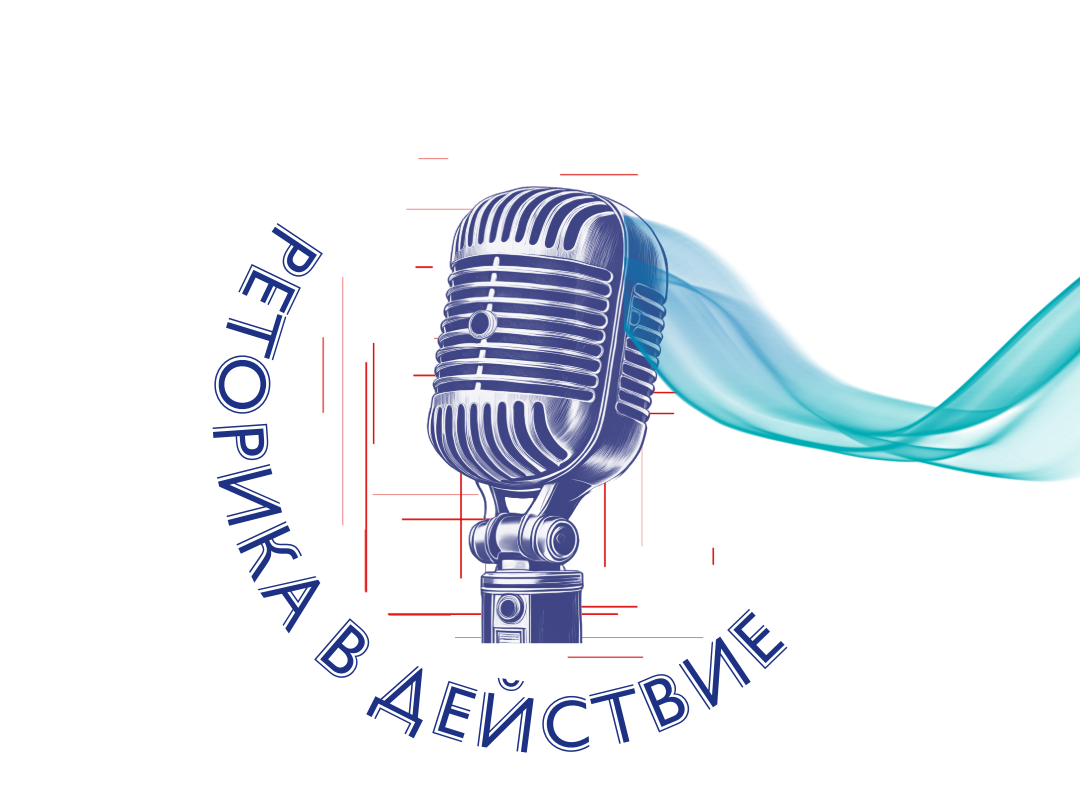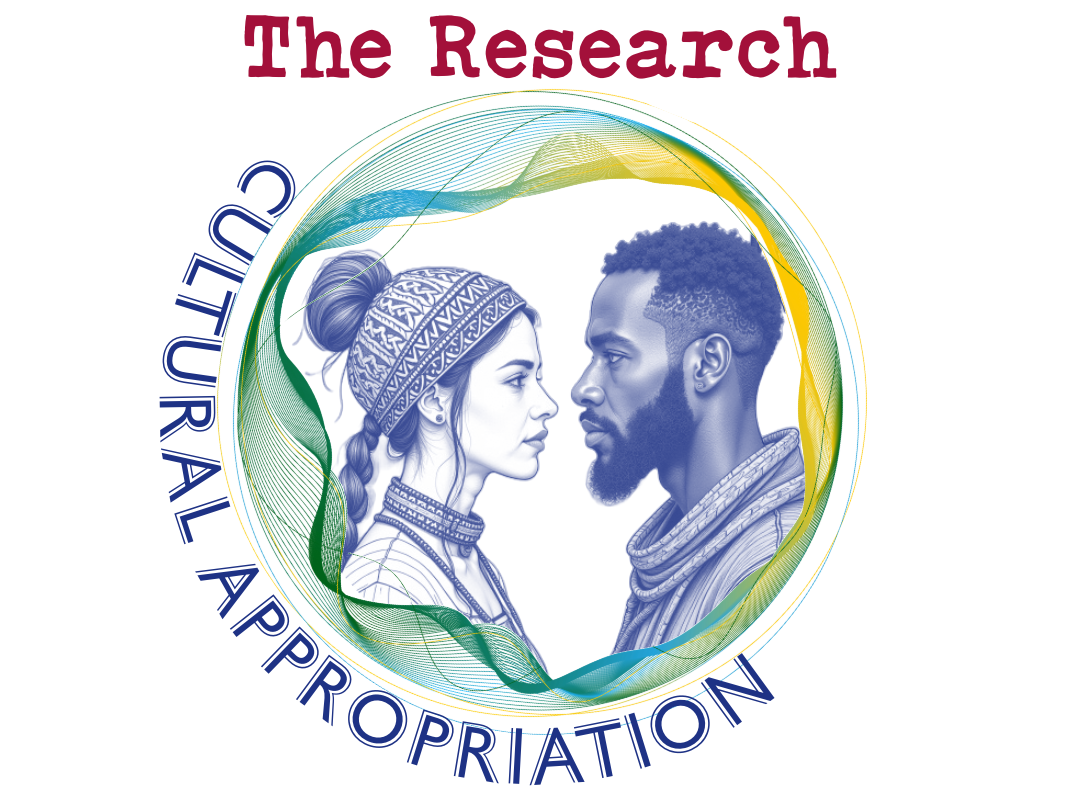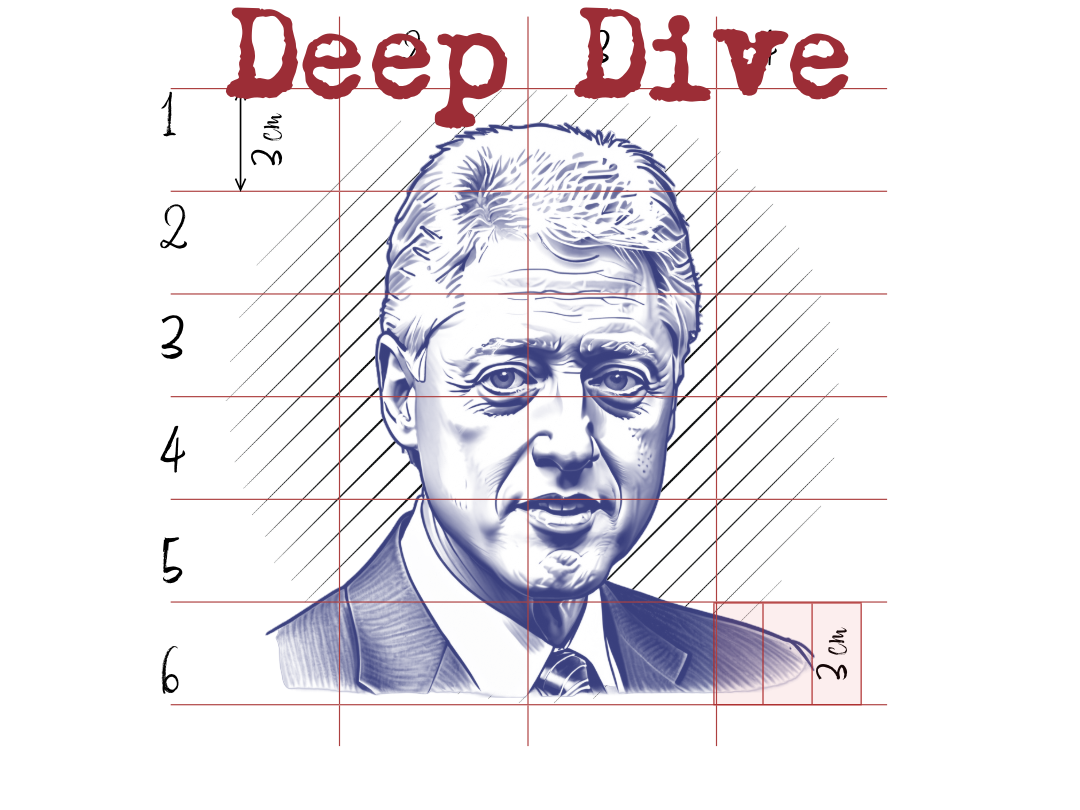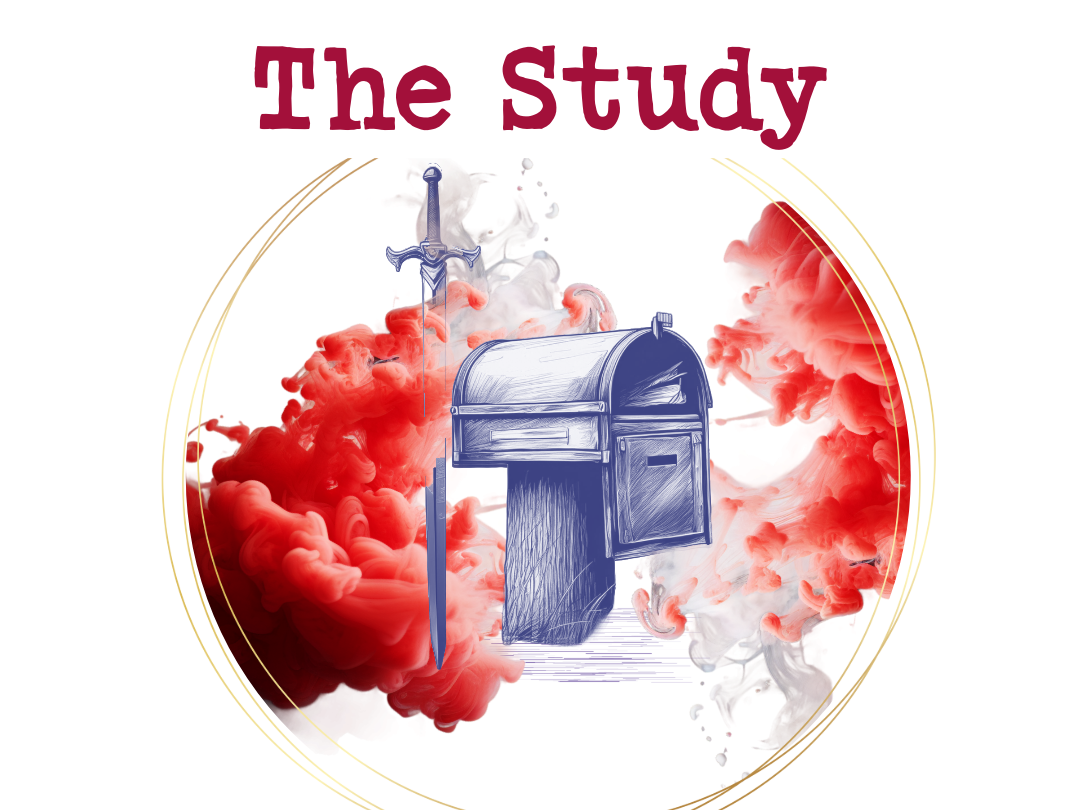Predicting the Unpredictable:
A Framework for Political Analysis
I aimed to build a structured methodology that would keep me focused on the overall picture versus only certain elements. This way I want to prevent creating unwilling biases connected to certain events or political figures. . Sometimes I will need to divide the structure into several parts in order to build up and compare scenarios. This approach will allow me to identify the underlying factors and patterns that drive these events, enabling me to assess how these elements might be replicated or triggered in the future. Here’s a step-by-step breakdown of my methodology:
1. Contextual Analysis (Historical and Socio-Political)
Historical Context: I first examine the historical backdrop leading up to the event. Political events are rarely isolated; they often arise from long-standing trends, unresolved issues, or past decisions. I ask:
What historical events created the conditions for this event?
How does this event fit into a larger historical or political cycle?
Socio-Political Context: I assess the broader socio-political environment at the time of the event. Key questions include:
What was the state of the economy, the political system, and society at large?
Were there significant divisions, political polarization, or movements?
What cultural or ideological forces were at play?
2. Identifying Key Actors and Interests
Political Actors: I identify the major political figures, parties, organizations, or movements involved and analyze:
What were their goals, motivations, and strategies?
How did they interact with each other?
What were their strengths and weaknesses?
Interests and Incentives: I consider the various interests involved—whether economic, ideological, territorial, or identity-based. I ask:
What incentives did these actors have for participating in or causing the event?
What risks or costs were they willing to bear to achieve their goals?
3. Structural and Institutional Analysis
Political Institutions: I examine the political institutions (government, electoral system, legal system, media, etc.) that framed the event. This involves asking:
Were there weaknesses or opportunities within the political system that allowed the event to happen?
Were there any disruptions or changes in the normal functioning of institutional processes?
Power Structures: I assess the balance of power between different political entities (state vs. non-state actors, elites vs. masses, etc.) and ask:
How did these power dynamics influence the event?
4. Triggering Factors and Events
Immediate Catalysts: I identify the immediate triggers or flashpoints that led to the event, such as:
Economic shocks (e.g., recession, inflation).
Political crises or scandals (e.g., corruption, abuse of power).
Social movements or protests.
External shocks (e.g., war, foreign intervention).
Causal Pathways: Using tools like process tracing or event analysis, I map out the sequence of actions and decisions that led to the event, identifying any critical junctures or tipping points.
5. Causal Mechanisms and Theoretical Frameworks
Political Science Theories: I apply relevant political science theories to understand why the event occurred:
Political Economy: Did economic conditions or inequalities play a major role in the event?
Rational Choice Theory: Were the actors making rational decisions based on their goals and constraints?
Institutionalism: Did institutional arrangements shape the behavior and incentives of the involved actors?
Social Movements Theory: Did collective action or mobilization drive the event?
Historical Institutionalism: Were there long-standing institutional arrangements or path dependencies that contributed to the event?
6. Role of Ideology, Culture, and Identity
Ideology: I examine how ideology influenced the event. Were there clashes between political ideologies (e.g., liberalism vs. conservatism, nationalism vs. globalism)?
Cultural Factors: I also consider the role of identity, religion, ethnicity, or culture. Did these factors mobilize certain groups or shape the framing of the event?
Narratives and Framing: I analyze how the media, political elites, and activists framed the event. What narratives were constructed, and how did they resonate with different parts of society?
7. Timing and Context of External Factors
Global/Regional Context: I assess the impact of global or regional events or trends. Did international actors (foreign governments, international organizations) influence the event?
Timing: I consider why the event occurred at this specific moment, asking:
What political, economic, and social conditions made this event more likely to occur now, rather than in the past or future?
8. Consequences and Feedback Loops
Short-Term and Long-Term Outcomes: I analyze the immediate and lasting consequences of the event. I ask:
Did the event lead to lasting changes in the political system, or was its impact temporary?
What were the policy outcomes, and did they alter the balance of power in the system?
Feedback Loops: I consider how the outcomes of the event might set the stage for similar events in the future. I ask:
Did the event lead to reforms that either make similar events more or less likely?
Did it shift public opinion, empower new political actors, or change institutional arrangements?
9. Scenario Building and Predictive Analysis
Simulating Possible Scenarios: Based on the factors I’ve identified, I develop scenarios about how the event could happen again in the future. This includes:
What conditions must hold for the event to recur?
Which actors are likely to be involved, and what are their incentives?
How might the political system respond, and what steps could be taken to either mitigate or encourage similar events?
Risk Assessment: I assess the risks of recurrence and explore the strategies or conditions that could influence the likelihood of the event happening again.
10. Cross-Case Comparison
Comparative Analysis: I compare the event with similar historical or contemporary political events. I look for:
What similarities and differences exist between this event and others?
Are there recurring patterns or common causes that can be generalized?
11. Tools and Techniques for Analysis
Qualitative Methods: I use case studies, interviews, and archival research to gather in-depth information about the event.
Quantitative Methods: If applicable, I apply data analysis, surveys, or statistical modeling to identify correlations or causal relationships between political factors.
Network Analysis: I analyze the relationships between key actors, institutions, and organizations to understand the flow of influence and power.
12. Conclusion: Developing Actionable Insights
By applying this methodology, my goal is not just to understand why a political event occurred, but to develop insights on how to replicate or prevent similar events in the future. This involves formulating strategic recommendations for political actors or institutions based on the analysis, aimed at influencing future outcomes.
